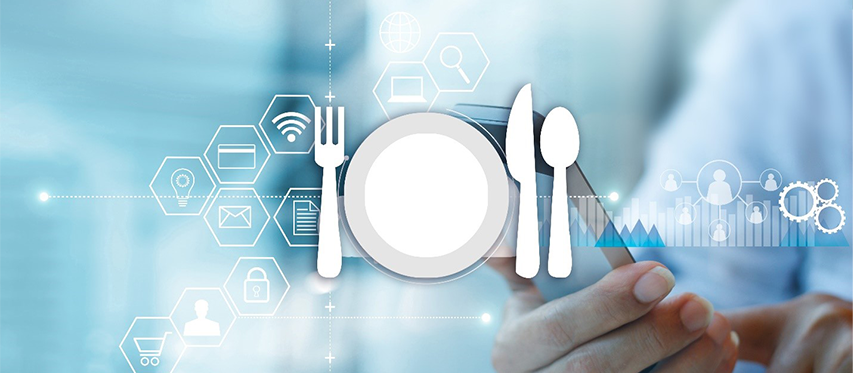
This past year, numerous industries demonstrated an outstanding ability to innovate and implement technology in response to the pandemic. For many brands across all categories in the restaurant industry (quick service, fast casual, full service, etc.), this meant deploying numerous initiatives, including mobile ordering, curbside pickup, QR code menus, third-party delivery integration, and much more. Some restaurants added many of these initiatives in a matter of weeks. While many restaurants used the simplicity of third-party integration, others leveraged in-house software development teams who wrote new code for proprietary systems. When the business need presents clearly defined requirements, technology has an outstanding ability to respond. In numerous industry conferences, it was common to hear something along the lines of, "We deployed five years of our tech roadmap in less than five weeks."
With the vaccines being distributed and a return to normal in sight, what happens next? After such a massive wave of innovation deployments across multiple industries, where do we go from here? The lessons of the past year provide actionable insights for the next. One of the key reasons for such a massive investment in innovation was the lack of choice. If you didn't have the technology, you couldn't open your business. So we need to ask, "Where else will there be 'no choice?'"
In the restaurant industry, after the pandemic is over, the subsequent extinction-level threats that are likely to drive further technology innovation may be:
- Technology to deal with the rising minimum wage: With rising minimum wage, expect businesses to focus aggressively on eliminating all non-customer-facing activities in the restaurant/store. Technology strategies will prioritize automating store manager and front-line employee tasks. IoT solutions will be deployed to eliminate mundane tasks, such as temperature checking food prep lines, and gamify operational activities, such as minimizing food waste wherever possible.
- Third-Party delivery service conversion: As restaurants are forced to embrace third-party delivery services, the high service fees are becoming an untenable obstacle to profitable recovery. The only way to avoid the delivery fees is to convert third-delivery party customers into direct customers. Expect the next wave of technology initiatives to focus on motivating customers to favor direct engagement. Initiatives may include AI/ML solutions to offer just enough of a discount to persuade a customer to order direct while optimizing profitability.
- Enhanced cybersecurity: When it comes to market threats that could end a business, nothing moves faster and incurs more damage than a ransomware attack. Given the exponential growth in the frequency and magnitude of the loss, restaurants must appropriately protect themselves from cybersecurity threats. While technology has saved the restaurant industry, it has also created an enormous dependency on that technology. Cybersecurity attacks disrupt a restaurant’s ability to use technology.
- Flexible multi-service APIs: The pandemic has demonstrated that it is simply not possible to prepare fully for an evolving future. Restaurants need to design with agility and flexibility to accommodate the unexpected. It is not enough to know what needs to be done. You must also have the ability to adjust as the market signals a new direction. APIs will play a crucial role in enabling an ecosystem response to industry threats.
The pandemic has shown us that when business is at stake, the restaurant industry can accelerate innovation at an incredible pace. Post pandemic, it only makes sense for the industry to carefully align the near-term technology roadmaps with actions to address the immediate market threats.